Home>Home Maintenance>What Is HRV Ventilation System
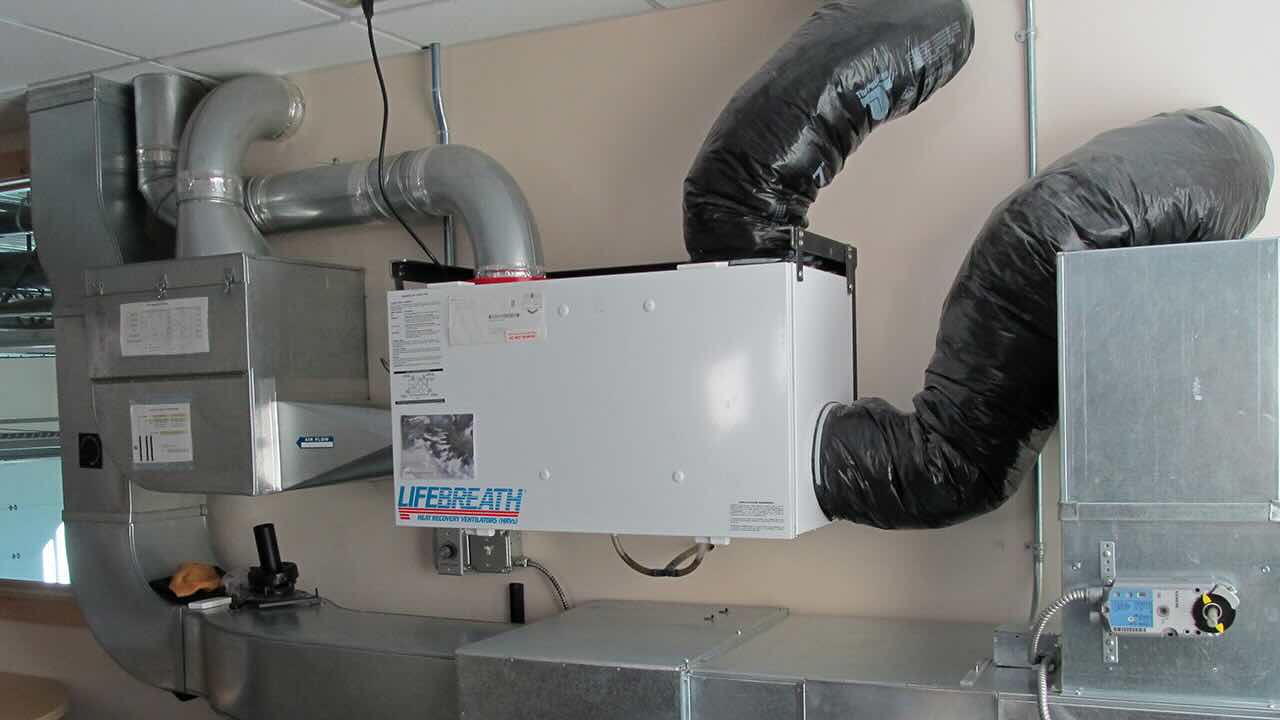

Home Maintenance
What Is HRV Ventilation System
Modified: March 6, 2024
Improve indoor air quality and reduce energy waste with a HRV ventilation system. Discover how this home maintenance solution benefits your home.
(Many of the links in this article redirect to a specific reviewed product. Your purchase of these products through affiliate links helps to generate commission for Storables.com, at no extra cost. Learn more)
Introduction
Welcome to the world of home maintenance! In this article, we’re going to dive deep into the fascinating world of HRV ventilation systems. If you’re a homeowner looking to improve indoor air quality and energy efficiency, then this article is for you.
But first, you might be wondering, what exactly is an HRV ventilation system? Well, HRV stands for Heat Recovery Ventilation. It is an advanced home ventilation system that helps to bring fresh air into your home while simultaneously removing stale air. By doing so, it helps to maintain a healthy and comfortable living environment.
In the following sections, we will explore the functionality of an HRV ventilation system, the benefits it offers, the factors to consider when choosing one, the installation process, maintenance and cleaning, common issues and troubleshooting, and finally, the cost associated with HRV systems. So, let’s get started and discover the inner workings of HRV ventilation systems!
Key Takeaways:
- HRV ventilation systems bring fresh air into homes while saving energy by transferring heat. They improve indoor air quality, reduce energy costs, and create a healthier living environment.
- When choosing an HRV system, consider airflow capacity, heat recovery efficiency, noise levels, and maintenance requirements. Professional installation and regular maintenance ensure optimal performance.
Read more: What Is A Range Hood
Definition of HRV Ventilation System
An HRV ventilation system is a mechanical system designed to exchange stale indoor air for fresh outdoor air in residential buildings. HRV stands for Heat Recovery Ventilation, and it is a type of ventilation system that not only ventilates the home but also recovers the heat from the outgoing air and transfers it to the incoming air, resulting in energy savings.
The main components of an HRV system include an air handling unit, which is typically installed in the mechanical room or attic, and a network of ducts that distribute the fresh air throughout the house. The air handling unit comprises two fans, one for extracting stale indoor air and another for drawing in fresh outdoor air. These two air streams pass through a heat exchanger, where heat transfer occurs.
The heat exchanger is the heart of the HRV system. It consists of two separate air pathways, one for the outgoing air and another for the incoming air, with a heat transfer membrane between them. This membrane allows the transfer of heat but prevents the mixing of air streams, ensuring that the outgoing stale air does not contaminate the incoming fresh air.
The HRV system operates on a continuous basis, continually exchanging air throughout the day to maintain a healthy, comfortable indoor environment. It helps to remove pollutants, such as dust, allergens, and volatile organic compounds (VOCs), while supplying fresh outdoor air with an optimal humidity level.
One important aspect of an HRV system is its ability to recover heat. During the heat transfer process, the heat from the outgoing air is transferred to the incoming air, reducing heat loss in the winter and minimizing the need for additional heating. In the summer, the system works in reverse, transferring heat from the incoming air to the outgoing air, improving energy efficiency and reducing the load on the cooling system.
Overall, an HRV ventilation system provides a balanced and controlled airflow, improving indoor air quality, reducing energy consumption, and enhancing the overall comfort and well-being of the occupants. It is an essential component of any modern, energy-efficient home.
How HRV Ventilation System Works
Understanding how an HRV ventilation system works is crucial to fully grasp its benefits. So, let’s take a closer look at the inner workings of this innovative system.
The HRV system operates on the principle of heat exchange and controlled airflow. It continuously extracts stale indoor air from areas prone to moisture and pollutants, such as kitchens, bathrooms, and laundry rooms. Simultaneously, it draws in fresh outdoor air from areas with less pollution, like gardens, balconies, or rooftops.
The two air streams, the outgoing indoor air and the incoming outdoor air, pass through the heat exchanger in the air handling unit. The heat exchanger consists of a series of plates or a rotating wheel with a heat transfer material. This material allows for the transfer of heat between the two airstreams while preventing the mixing of air.
During the colder months, the warm, stale indoor air transfers its heat to the incoming cold, fresh outdoor air through the heat exchanger. This preheats the incoming air before it enters the living spaces, reducing the energy required for heating and maintaining a comfortable indoor temperature.
Conversely, in the warmer months, the HRV system works in reverse. The cool, incoming outdoor air absorbs heat from the warm, outgoing indoor air, thus cooling the incoming air and reducing the load on the cooling system.
One important aspect of an HRV system is its ability to regulate airflow. The system is equipped with adjustable dampers that control the amount of incoming and outgoing air, ensuring a balanced airflow throughout the home. The dampers can be adjusted manually or automated, depending on the specific HRV model and configuration.
It’s worth noting that HRV systems also incorporate filters, which help to remove airborne particles, allergens, and pollutants from the air. These filters are typically located in the air handling unit and should be regularly inspected and replaced to maintain optimal system performance and indoor air quality.
Overall, the HRV ventilation system works tirelessly behind the scenes to supply fresh, filtered air to your living spaces while recovering the heat from the outgoing air. It not only ensures better indoor air quality but also reduces energy consumption, making it an excellent investment for both your comfort and the environment.
Benefits of HRV Ventilation System
An HRV ventilation system offers a wide range of benefits for homeowners looking to improve indoor air quality, energy efficiency, and overall comfort. Let’s explore some of the key advantages of installing an HRV system in your home:
1. Improved Indoor Air Quality: One of the primary benefits of an HRV ventilation system is its ability to bring in fresh outdoor air while simultaneously expelling stale indoor air. This continuous exchange helps to remove pollutants, allergens, and odors, resulting in cleaner and healthier indoor air for you and your family.
2. Energy Efficiency: HRV systems are designed to recover heat from the outgoing air and transfer it to the incoming air. This heat transfer process helps to minimize heat loss during the winter months and reduce the demand for additional heating. In the summer, the system can also aid in cooling by transferring heat from the incoming air to the outgoing air, reducing the load on your cooling system.
3. Cost Savings: By reducing heat loss and energy consumption, an HRV ventilation system can help you save on your heating and cooling bills. The recovered heat from the outgoing air can supplement your heating system, resulting in lower overall energy costs.
4. Comfort and Climate Control: HRV systems ensure a consistent and balanced airflow throughout your home, improving overall comfort. They help to regulate humidity levels, preventing excess moisture buildup and reducing the risk of mold and mildew. Additionally, HRV systems can also help to reduce drafts and eliminate stale air pockets, creating a more pleasant living environment.
5. Noise Reduction: The advanced design of HRV systems includes sound-insulated components that minimize noise levels. This means that you can enjoy the benefits of fresh air circulation without the disruptive noise typically associated with traditional ventilation systems.
6. Environmental Benefits: By reducing energy consumption, HRV systems contribute to a smaller carbon footprint. They help to mitigate greenhouse gas emissions and promote sustainable living practices, making them an eco-friendly choice for homeowners.
7. Health and Well-being: Improved indoor air quality has a direct impact on your health and well-being. By continuously exchanging and filtering the air, HRV systems help to alleviate allergies, respiratory issues, and other indoor air-related health problems.
8. Increased Property Value: Installing an HRV ventilation system can enhance the value of your property. Potential homebuyers prioritize indoor air quality and energy efficiency, and having an HRV system in place can be a selling point for your home.
These are just a few of the many benefits that an HRV ventilation system can provide. Whether you’re looking to improve indoor air quality, reduce energy costs, or enhance overall comfort, an HRV system is a valuable addition to any home.
Factors to Consider When Choosing HRV Ventilation System
When selecting an HRV ventilation system for your home, it’s important to consider various factors to ensure you choose the right system that meets your specific needs. Here are some key factors to consider during the decision-making process:
1. Airflow Capacity: Determine the airflow requirements of your home to ensure that the HRV system you choose can effectively ventilate the entire living space. Consider factors such as the number of occupants, the size of the rooms, and any special ventilation needs (e.g., high-moisture areas).
2. Heat Recovery Efficiency: The heat recovery efficiency of an HRV system refers to the amount of heat that can be transferred from the outgoing air to the incoming air. Look for systems with high heat recovery efficiency ratings, as this indicates better energy savings and overall system performance.
3. Noise Levels: Consider the noise levels produced by the HRV system, especially if it will be installed in living spaces or bedrooms. Look for systems that have sound-insulated components and adjustable fan speeds to allow for quieter operation.
4. Filtration System: Check the type and quality of the filtration system incorporated into the HRV system. A good filtration system should effectively trap airborne particles, allergens, and pollutants, ensuring that the supplied air is clean and healthy.
5. Control Options: Evaluate the control options available for the HRV system. Look for systems that offer user-friendly controls, such as intuitive interfaces and programmable settings, to allow for easy operation and customization.
6. Energy Efficiency: Consider the energy efficiency of the HRV system. Look for models that have energy-efficient motors, low power consumption, and smart features like humidity and occupancy sensors. Energy Star certified systems can indicate higher energy efficiency levels.
7. Installation Requirements: Assess the installation requirements of the HRV system. Consider factors such as space availability, ductwork modifications, and electrical connections. It may be helpful to consult with a professional HVAC technician to ensure proper installation.
8. Maintenance and Service: Evaluate the maintenance requirements of the HRV system. Look for systems with easily removable and washable filters, as well as access panels that allow for regular cleaning and maintenance. Additionally, inquire about available service options and warranty coverage.
9. Budget: Consider your budget when selecting an HRV system. Compare the prices of different models and consider the long-term energy savings and benefits the system will provide. Remember to factor in installation costs and any additional accessories or upgrades.
By considering these factors, you can make an informed decision when choosing an HRV ventilation system that best fits your specific requirements. Take the time to research and compare different models, consult with experts if needed, and invest in a solution that will provide optimal indoor air quality and energy efficiency for your home.
Tip: HRV ventilation systems, or heat recovery ventilation systems, help improve indoor air quality by exchanging stale indoor air with fresh outdoor air while retaining heat in the process. Regular maintenance is important to ensure optimal performance.
Read more: What Is A Range Hood Filter
Installation Process of HRV Ventilation System
The installation process of an HRV ventilation system involves several steps to ensure proper functionality, efficiency, and safety. While it is recommended to hire a professional HVAC contractor for the installation, it’s useful to understand the general installation process. Here’s an overview of the steps involved:
1. Site Assessment: The first step is to conduct a site assessment to determine the best location for the HRV system’s air handling unit. Factors such as available space, accessibility for ductwork, and proximity to outdoor intake and exhaust vents are taken into consideration.
2. Designing the Ductwork: Based on the site assessment, the HVAC contractor will design the ductwork system to distribute fresh air and extract stale air effectively. The ductwork needs to be strategically planned to ensure balanced airflow throughout the home.
3. Preparing the Space: The designated location for the air handling unit is prepared by creating an opening in the wall or ceiling for installation. Any necessary electrical wiring and connections are also taken care of at this stage.
4. Installing the Air Handling Unit: The air handling unit, which contains the fans, heat exchanger, and filters, is installed in the designated location. It is securely mounted using appropriate brackets or supports to ensure stability.
5. Connecting and Installing Ductwork: The ductwork is connected to the air handling unit, with one set of ducts bringing in fresh outdoor air and another set extracting stale indoor air. The ducts are carefully sealed to prevent air leaks and ensure efficient airflow.
6. Installing Intake and Exhaust Vents: Intake and exhaust vents are installed on the exterior of the building to allow for the proper exchange of air. The intake vent brings in fresh outdoor air, while the exhaust vent expels stale indoor air.
7. Electrical Connections: The electrical connections for the HRV system are made, ensuring that the unit is properly powered. This includes connecting the unit to a dedicated electrical circuit and integrating it with any control systems.
8. Testing and Balancing: Once the installation is complete, the system is thoroughly tested to ensure proper functionality and performance. The HVAC contractor will check for any air leaks, verify airflow balance, and test the controls and sensors.
9. User Training and Handover: The homeowner is provided with user training to understand how to operate and maintain the HRV system effectively. The HVAC contractor will explain the system’s features, settings, and any maintenance requirements.
It’s important to note that the installation process may vary depending on the specific HRV system and the configuration of your home. Hiring a professional HVAC contractor ensures that the installation is done correctly and in compliance with local building codes and regulations.
By following a proper installation process, you can ensure that your HRV ventilation system operates efficiently, providing optimal indoor air quality and energy savings for years to come.
Maintenance and Cleaning of HRV Ventilation System
Maintaining and cleaning your HRV ventilation system is essential to ensure optimal performance, energy efficiency, and indoor air quality. Regular maintenance helps to prevent issues, extend the lifespan of the system, and minimize the risk of breakdowns. Here are some key maintenance steps to keep your HRV ventilation system running smoothly:
1. Regular Filter Cleaning or Replacement: The filters in the HRV system play a crucial role in trapping airborne particles and pollutants. It’s important to clean or replace the filters as recommended by the manufacturer. This usually occurs every three to six months, but it may vary depending on the air quality in your area and the usage of the system.
2. Cleaning the Exterior Grilles and Vents: Regularly inspect and clean the exterior grilles and vents of the HRV system. They can accumulate dust, debris, and even insects over time, hindering proper airflow. Use a soft brush or vacuum to remove any buildup and ensure unrestricted airflow.
3. Inspecting and Cleaning the Heat Exchanger: The heat exchanger is a critical component of the HRV system. Over time, it can accumulate dust, dirt, and other contaminants, affecting its efficiency. Consult the manufacturer’s guidelines for specific cleaning instructions. Typically, the heat exchanger can be brushed or vacuumed to remove debris, ensuring optimal heat transfer.
4. Checking the Motor and Fans: Regularly inspect the motor and fans of the HRV system to ensure they are functioning properly. Clean any accumulated dust or debris that could impede their operation. Lubricate the motor according to the manufacturer’s recommendations, if applicable.
5. Inspecting and Cleaning the Condensation Drain: HRV systems can produce condensation, particularly in humid climates. Check the condensation drain to ensure it is not clogged or blocked. Clear any buildup or obstructions to prevent water damage and maintain proper drainage.
6. Monitoring and Adjusting Control Settings: Pay attention to the control settings of your HRV system. Ensure that it is set to the appropriate ventilation mode and fan speed based on your household needs and seasonal changes. Adjust the settings as necessary to optimize energy efficiency and indoor air quality.
7. Professional Maintenance and Servicing: While homeowners can perform many maintenance tasks, it is wise to schedule professional maintenance and servicing at least once a year. HVAC professionals can inspect and clean the internal components, perform system tests, and address any potential issues or repairs.
8. Regular Air Quality Testing: Consider conducting regular air quality testing in your home to assess the effectiveness of your HRV system. This can help identify any potential air quality issues and ensure that the system is functioning optimally.
Remember, always consult the manufacturer’s guidelines and recommendations when it comes to maintenance and cleaning procedures for your specific HRV ventilation system model. Additionally, keeping a record of maintenance activities and scheduling regular checks can help you stay on top of the system’s upkeep.
By following a regular maintenance and cleaning routine, you can ensure that your HRV ventilation system operates efficiently, provides optimal indoor air quality, and helps maintain a healthy and comfortable living environment for you and your family.
Common Issues and Troubleshooting with HRV Ventilation System
While HRV ventilation systems are designed to operate smoothly, occasionally, issues may arise. Understanding and troubleshooting these common problems can help you resolve them quickly and ensure the continued performance of your HRV system. Here are some of the most common issues and their possible solutions:
1. Reduced Airflow: If you notice a decrease in airflow from the HRV system, it could be due to clogged filters or obstructed vents. Check and clean or replace the filters as necessary. Clear any obstructions from the intake and exhaust vents to ensure unrestricted airflow.
2. Unpleasant Odors: Foul or musty odors coming from the HRV system can indicate the presence of mold or mildew. Check the heat exchanger, filters, and drain pan for any signs of moisture buildup or microbial growth. Clean and disinfect these components, and consider using anti-microbial treatments or UV lights to prevent future growth.
3. Excessive Noise: Excessive noise from the HRV system can be caused by loose components, worn-out motor bearings, or imbalanced fans. Inspect the system for any loose parts and tighten them as needed. If the noise persists, consider contacting a professional technician to inspect and repair the motor or fans.
4. Condensation Issues: If you notice excessive condensation on the HRV system or in the ductwork, it could indicate an improper balance between the incoming and outgoing airflows. Check that the dampers are adjusted correctly to ensure balanced airflow. Additionally, ensure that the system is properly insulated to minimize condensation issues.
5. Malfunctioning Controls: If the controls or settings on the HRV system are not functioning properly, it could be due to electrical issues or sensor malfunctions. Check the power supply and connections. Reset the controls and sensors if possible. In case of ongoing issues, consult with a professional technician for further diagnosis and repair.
6. Freezing of Heat Exchanger: In extremely cold climates, the heat exchanger of an HRV system may freeze, inhibiting proper heat transfer. Consider installing a winter defrost function or a preheating coil to prevent freezing. If the heat exchanger does freeze, allow it to thaw naturally before resuming normal operation.
7. Poor Heat Recovery Efficiency: If your HRV system is not recovering heat efficiently, it may be due to an incorrect airflow balance or a malfunctioning heat exchanger. Ensure that the system’s dampers are adjusted properly for balanced airflow. If the issue persists, contact a professional technician to inspect and potentially replace the heat exchanger if necessary.
8. Electrical and Control System Malfunctions: If the HRV system experiences electrical issues, such as power failures or control system malfunctions, it may require professional attention. Check the electrical connections and circuit breakers. If the problem persists, contact a qualified technician to diagnose and repair the electrical or control system components.
Remember, if you are unsure about troubleshooting any issues with your HRV system, it’s best to seek the help of an HVAC professional. They have the expertise and tools to diagnose and rectify complex problems, ensuring that your HRV ventilation system operates effectively and maintains a comfortable and healthy indoor environment.
Cost of HRV Ventilation System
The cost of an HRV ventilation system varies depending on several factors, including the size of your home, the specific HRV model, installation requirements, and any additional features or accessories. Understanding the cost breakdown can help you budget and make an informed decision. Here are some key aspects to consider when determining the cost of an HRV system:
1. HRV Unit Cost: The cost of the HRV unit itself can range from a few hundred dollars to several thousand dollars, depending on the brand, model, and features. Higher-end models with advanced controls, energy-saving technologies, and better heat recovery efficiency often come at a higher price point.
2. Installation Costs: Hiring a professional HVAC contractor to install the HRV system is highly recommended. Installation costs can vary depending on the complexity of the project, the size of your home, and any modifications or additional ductwork required. It’s advisable to obtain multiple quotes from reputable contractors to compare installation costs.
3. Ductwork Modifications: If your home does not have existing ductwork suitable for the HRV system, modifications or additions may be necessary. This can add to the overall cost, as it involves materials, labor, and potential structural changes.
4. Electrical Wiring and Connections: Ensuring proper electrical wiring and connections is critical for the safe and efficient operation of the HRV system. If upgrades or modifications are required to the electrical system, it may incur additional costs.
5. Additional Accessories: Depending on your specific needs, you might consider additional accessories such as smart controls, upgraded filters, or advanced ventilation features. These optional accessories can enhance the functionality and performance of the HRV system but will also add to the overall cost.
6. Maintenance and Operational Costs: It’s important to factor in ongoing maintenance and operational costs when considering the total cost of an HRV system. This includes the cost of regular filter replacements or cleanings, as well as potential servicing and repairs over the lifespan of the system.
7. Energy Savings: While an HRV system requires an initial investment, it can lead to long-term energy savings. The recovered heat from the outgoing air can supplement your heating system, reducing energy consumption and lowering heating bills in the long run. Consider the potential energy savings when evaluating the overall cost of the HRV system.
While it is challenging to provide an exact cost estimate without considering specific variables, a typical range for an HRV system installation, including equipment and labor, can range from $2,000 to $5,000 or more, depending on the factors mentioned above.
It’s recommended to consult with HVAC professionals who can assess your home’s specific requirements, provide accurate cost estimates, and help you understand the potential return on investment an HRV system can offer in terms of improved indoor air quality, energy efficiency, and overall comfort.
Read more: What Height Should A Range Hood Be
Conclusion
Investing in an HRV ventilation system is a smart choice for homeowners who prioritize indoor air quality, energy efficiency, and a comfortable living environment. These systems provide a continuous supply of fresh, filtered air while recovering heat from the outgoing air, resulting in improved air quality and reduced heating and cooling costs.
Throughout this article, we have explored the definition of HRV ventilation systems, their functionality, benefits, factors to consider when choosing a system, the installation process, maintenance and cleaning requirements, common issues and troubleshooting, as well as the cost associated with HRV systems.
A well-maintained HRV system offers numerous advantages, including improved indoor air quality, energy efficiency, cost savings, and increased comfort. By regularly cleaning or replacing filters, checking and cleaning components, and ensuring balanced airflow, you can maximize the lifespan and performance of your HRV system.
While the initial cost of an HRV system installation may vary depending on factors such as the size of your home, additional accessories, and installation requirements, it is important to consider the long-term benefits and potential energy savings. An HRV system is a valuable investment that can enhance your home’s value, create a healthier living environment, and contribute to a reduced carbon footprint.
When considering an HRV system for your home, it’s advisable to consult with HVAC professionals who can assess your specific needs, recommend appropriate models, and provide accurate cost estimates. They can also ensure proper installation and offer ongoing maintenance and servicing to keep your HRV system running efficiently for years to come.
In conclusion, an HRV ventilation system is an essential component of modern home maintenance, providing fresh and clean indoor air while promoting energy efficiency and comfort. By investing in an HRV system and following proper maintenance practices, you can enjoy the benefits of improved indoor air quality and a healthier living environment for you and your loved ones.
Frequently Asked Questions about What Is HRV Ventilation System
Was this page helpful?
At Storables.com, we guarantee accurate and reliable information. Our content, validated by Expert Board Contributors, is crafted following stringent Editorial Policies. We're committed to providing you with well-researched, expert-backed insights for all your informational needs.
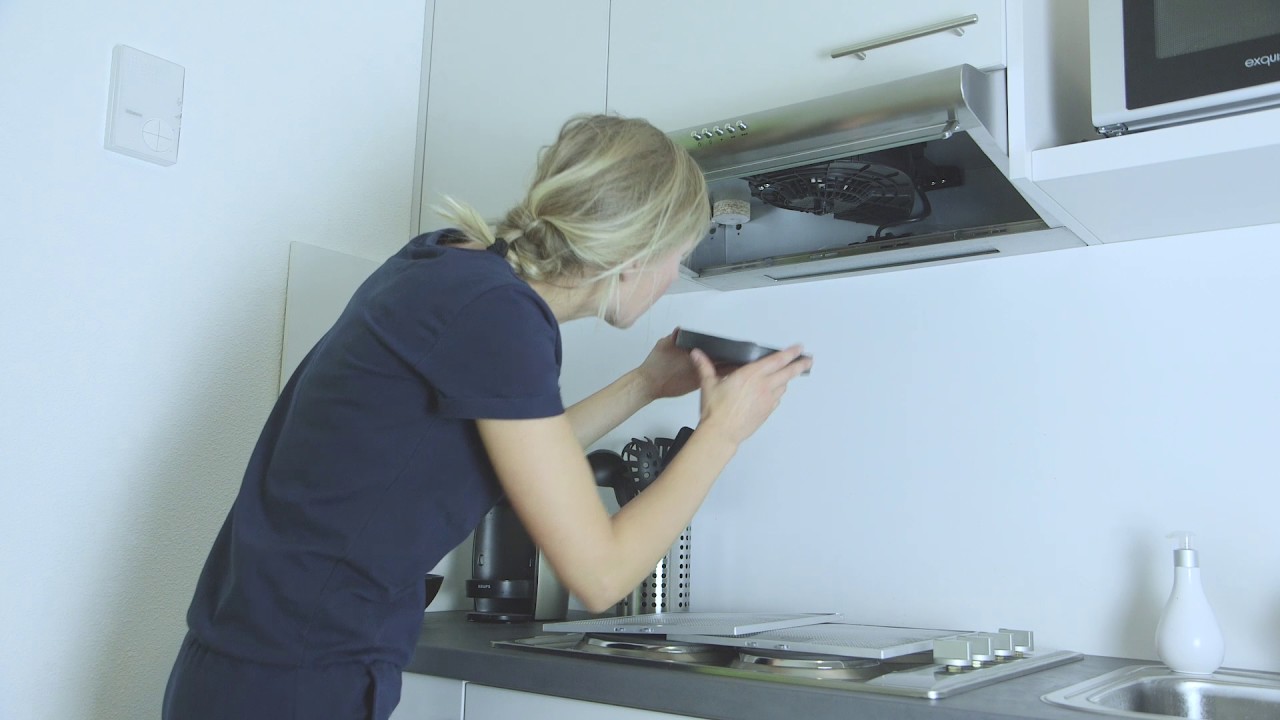
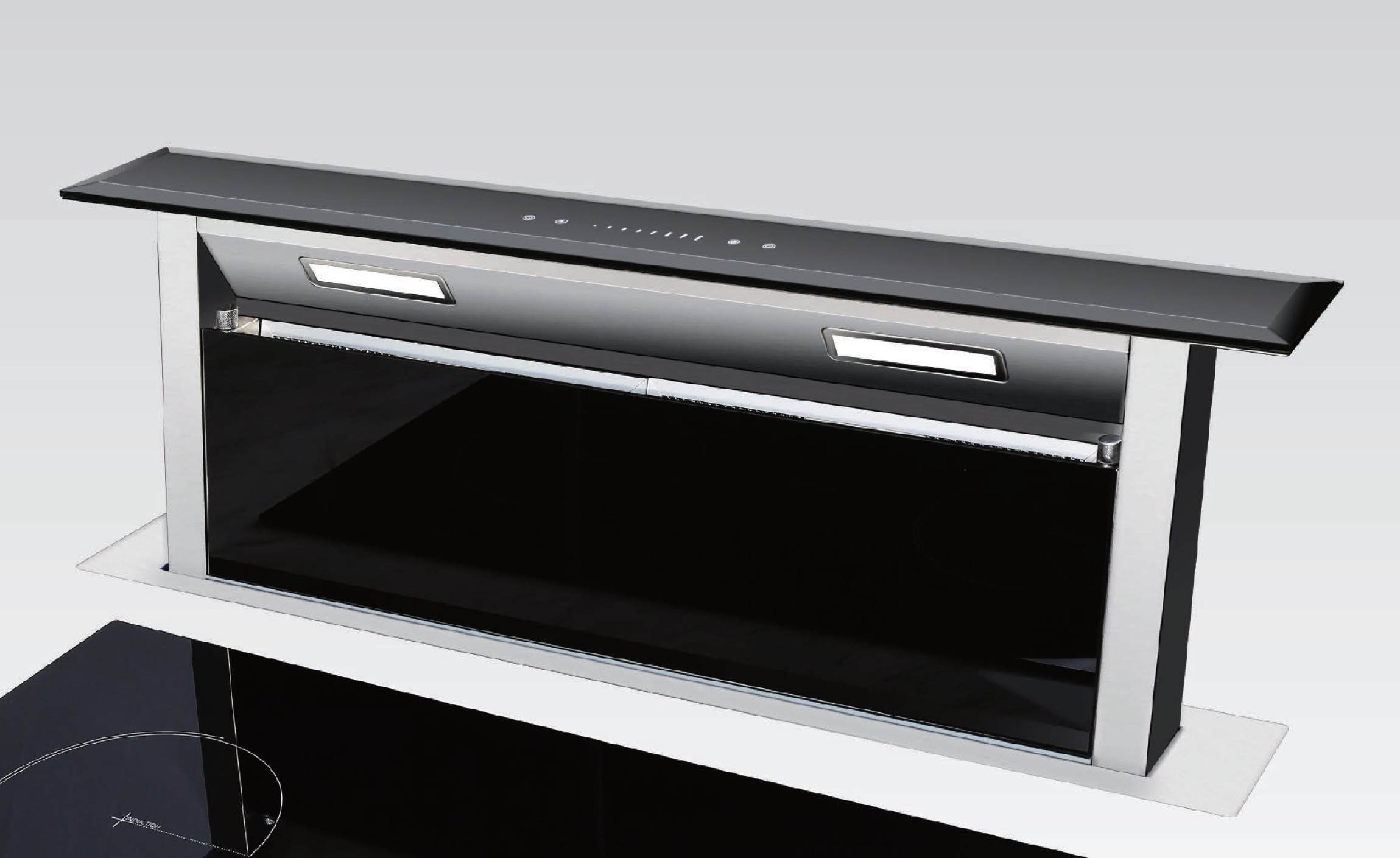
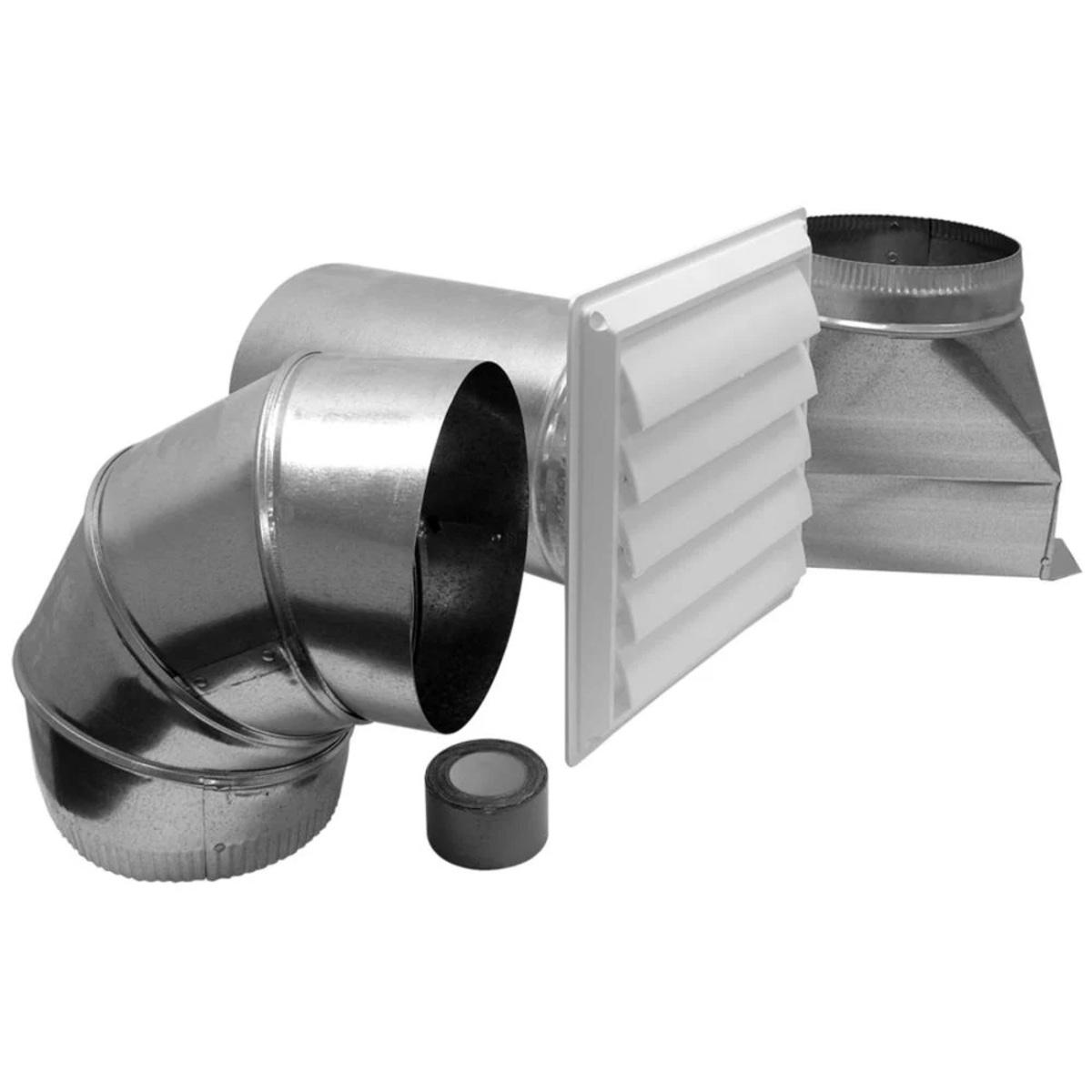
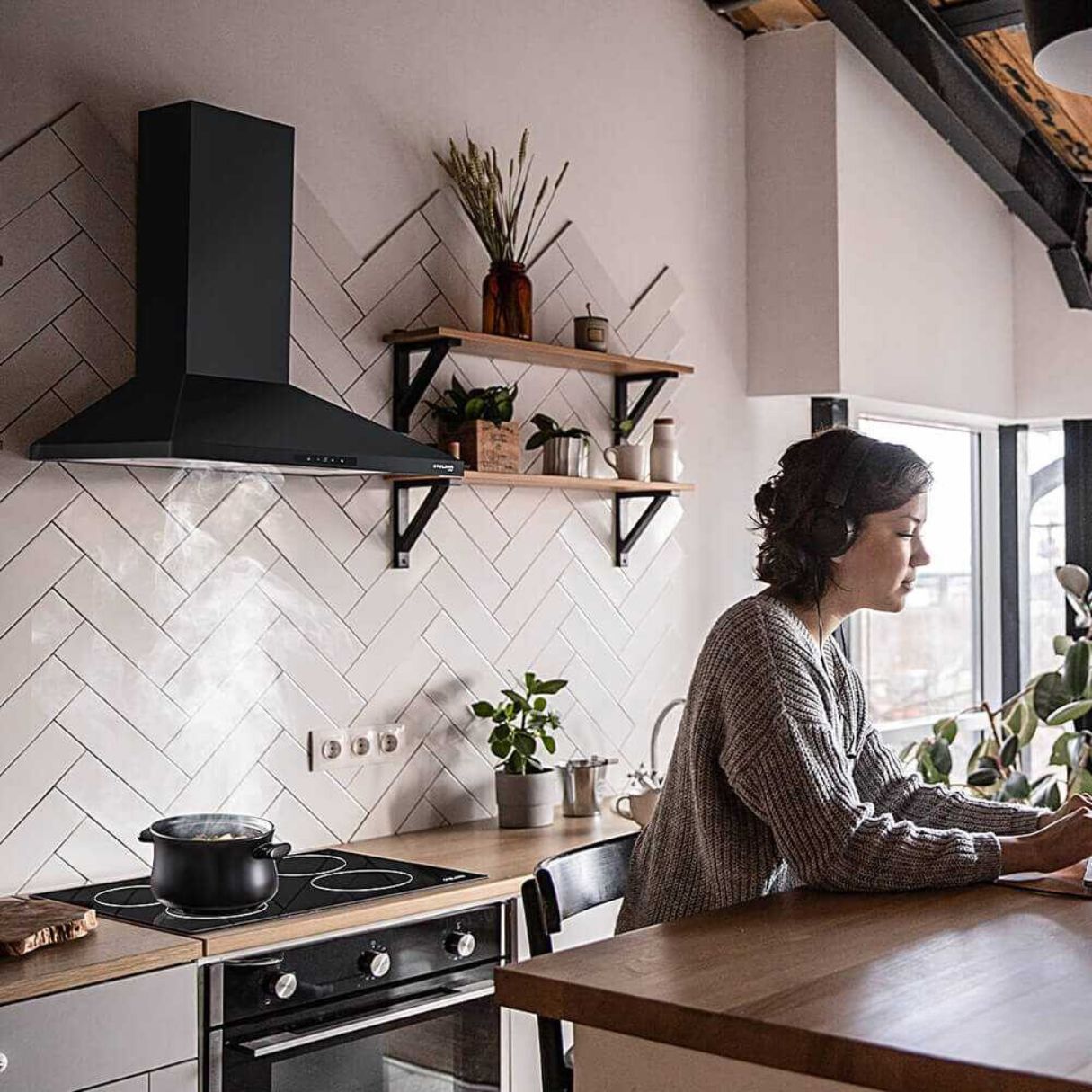
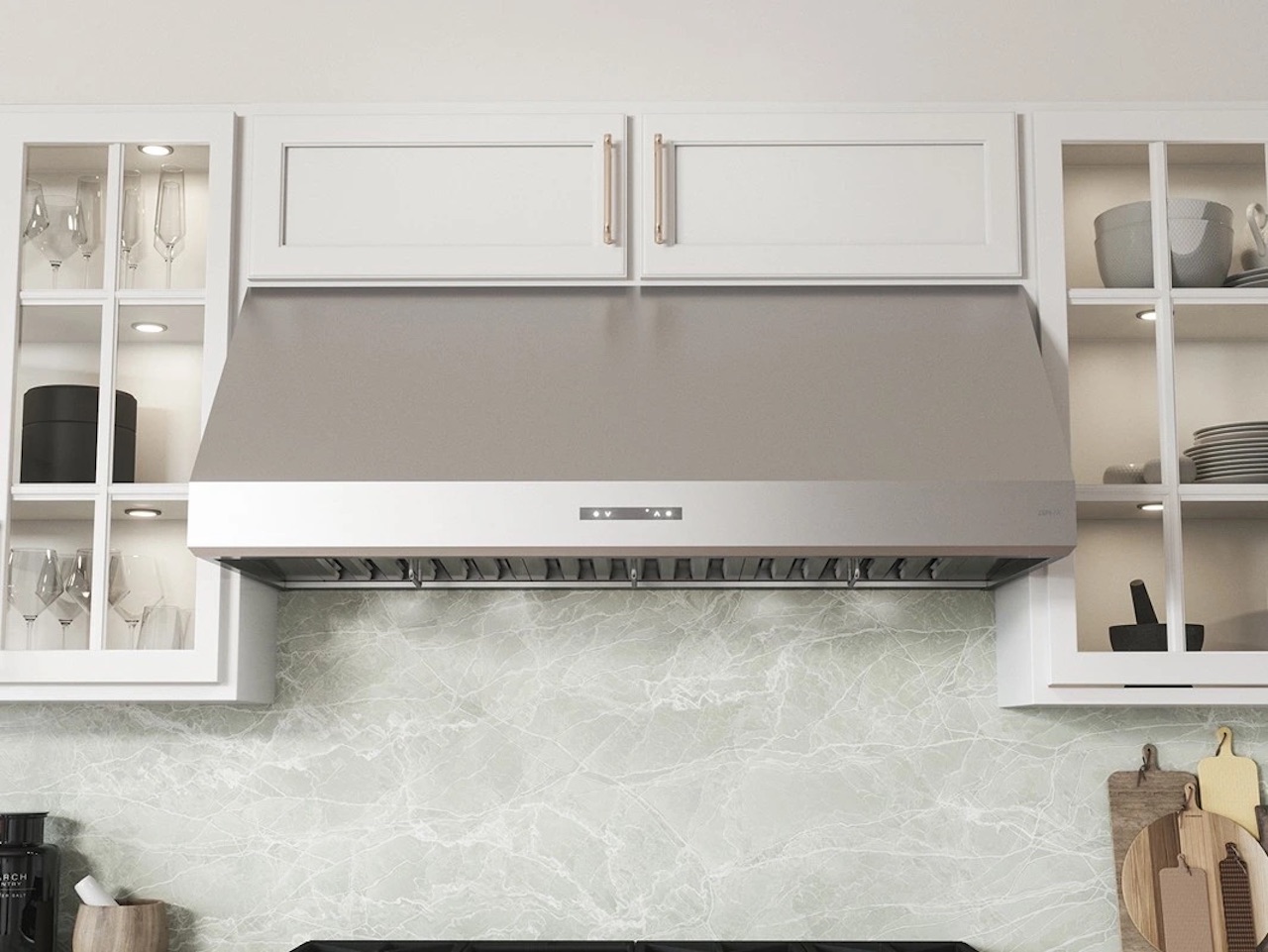
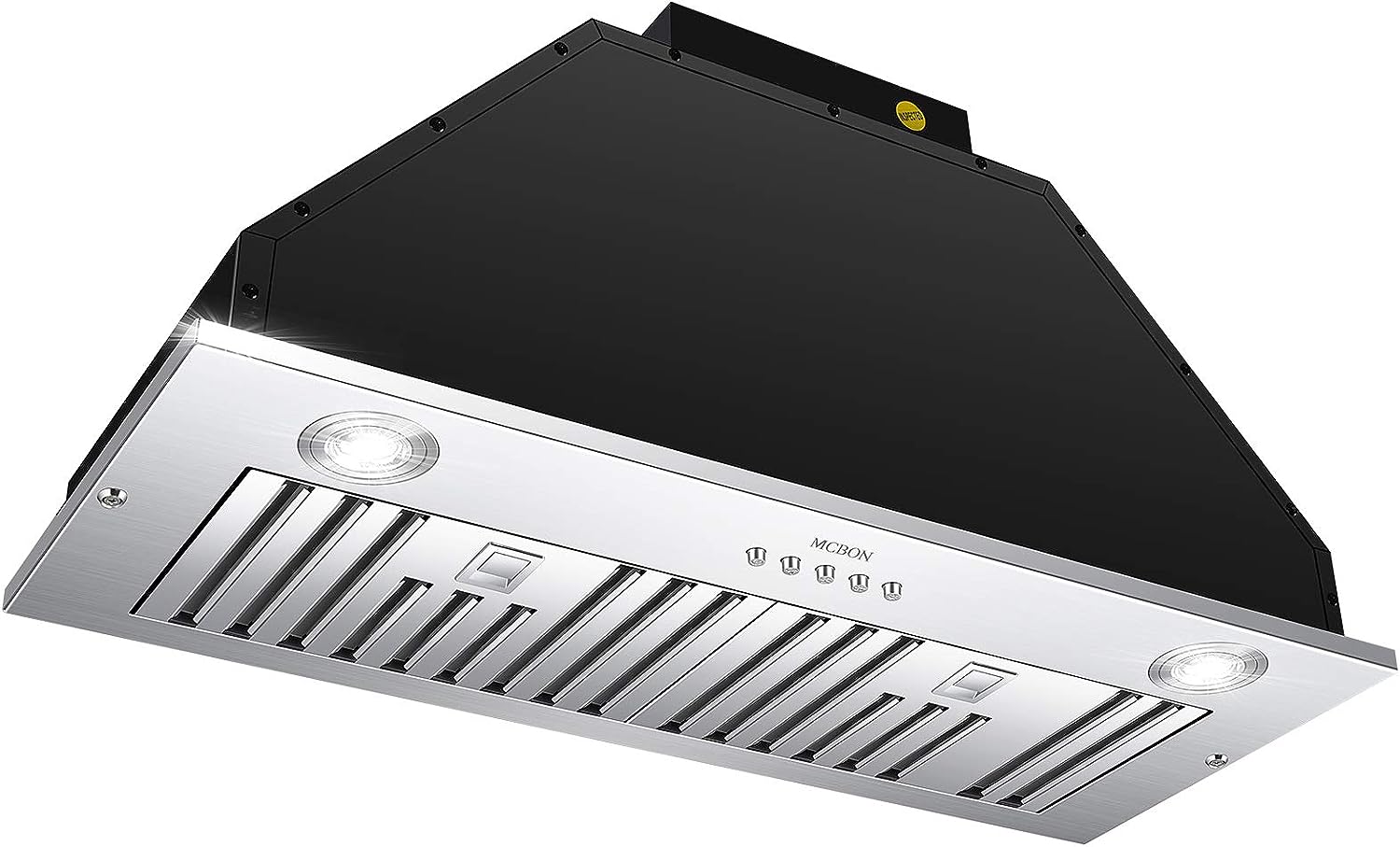
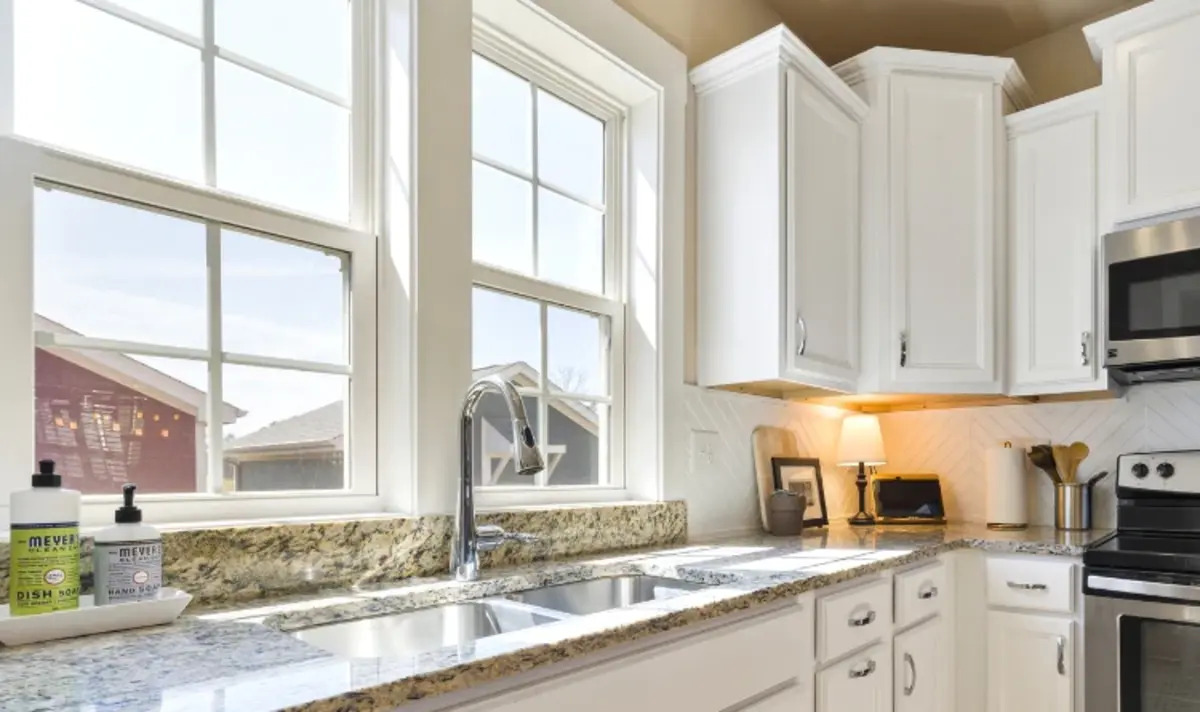
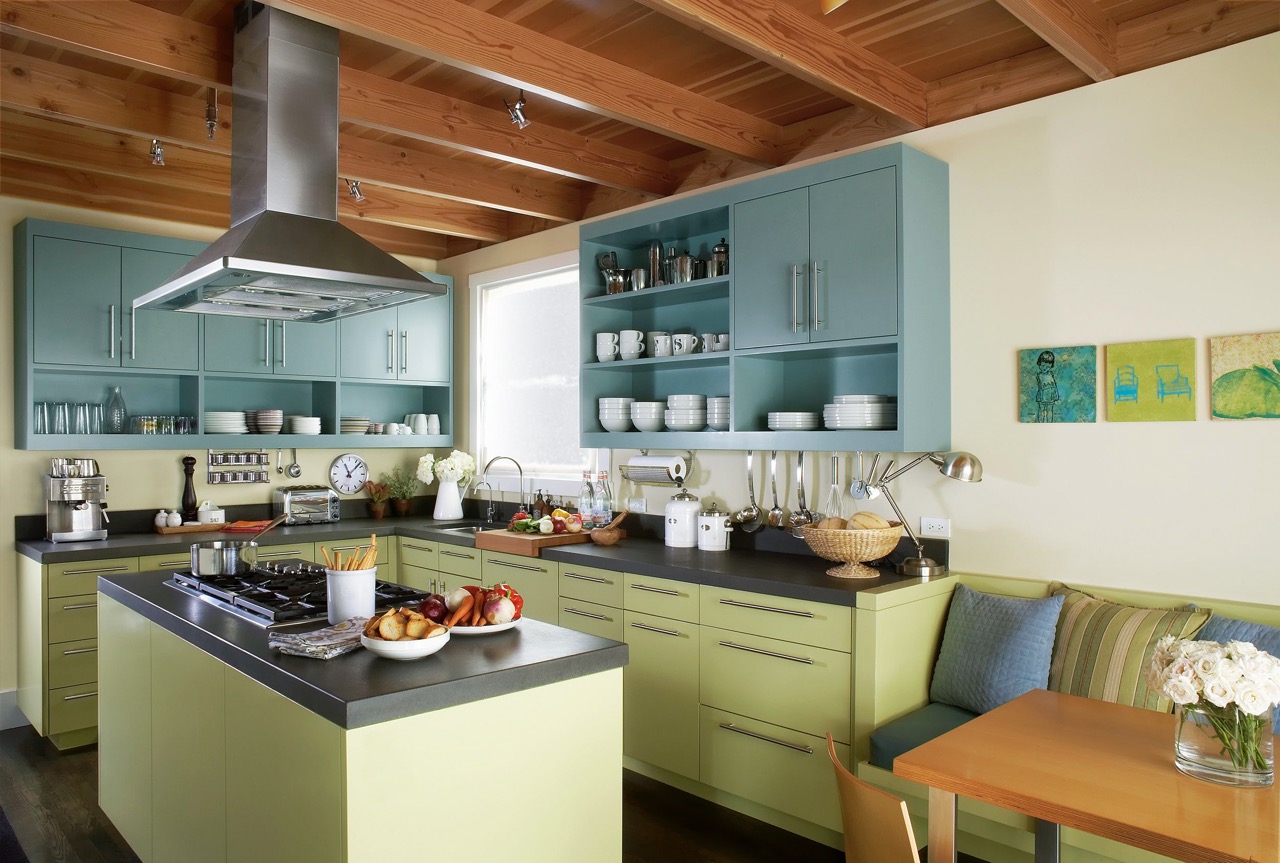
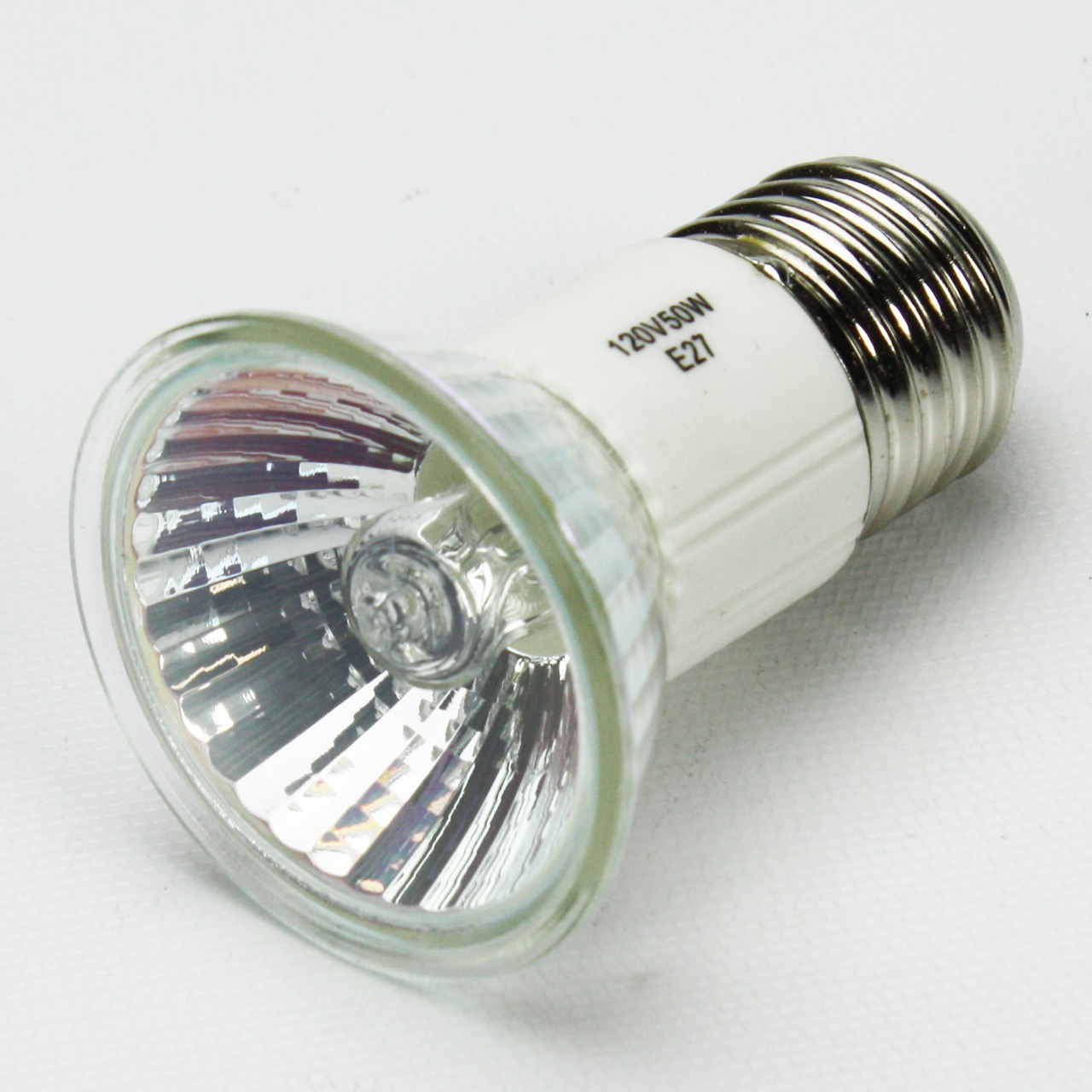
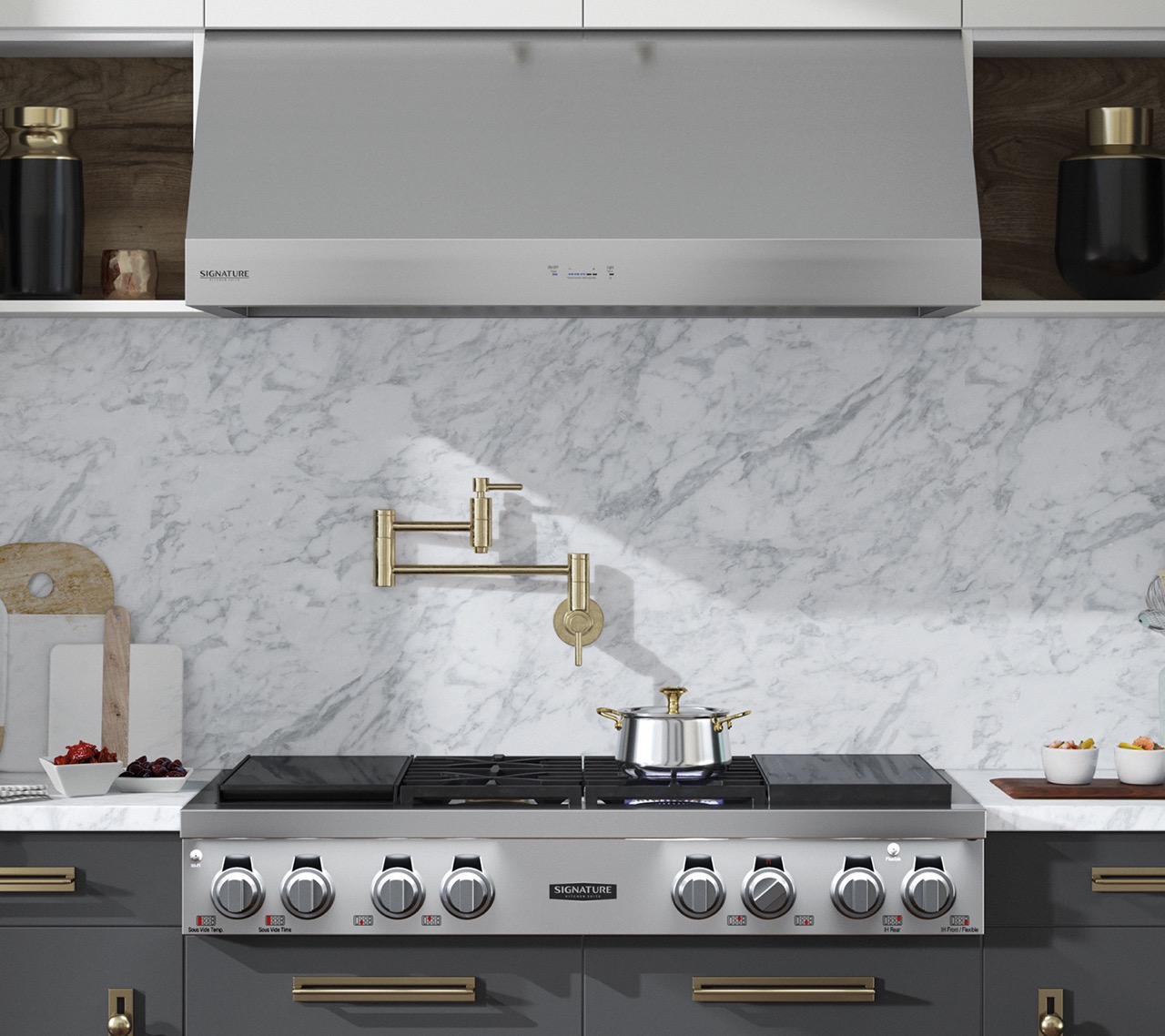
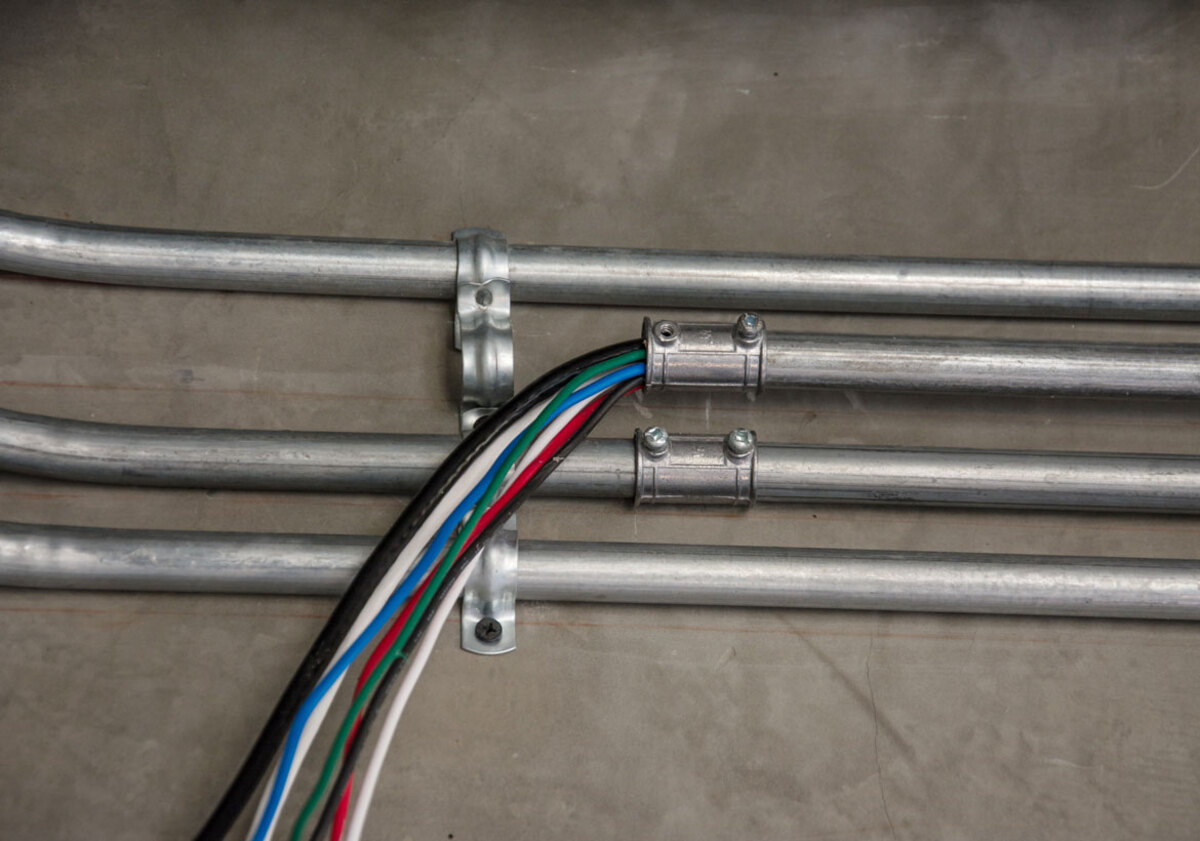
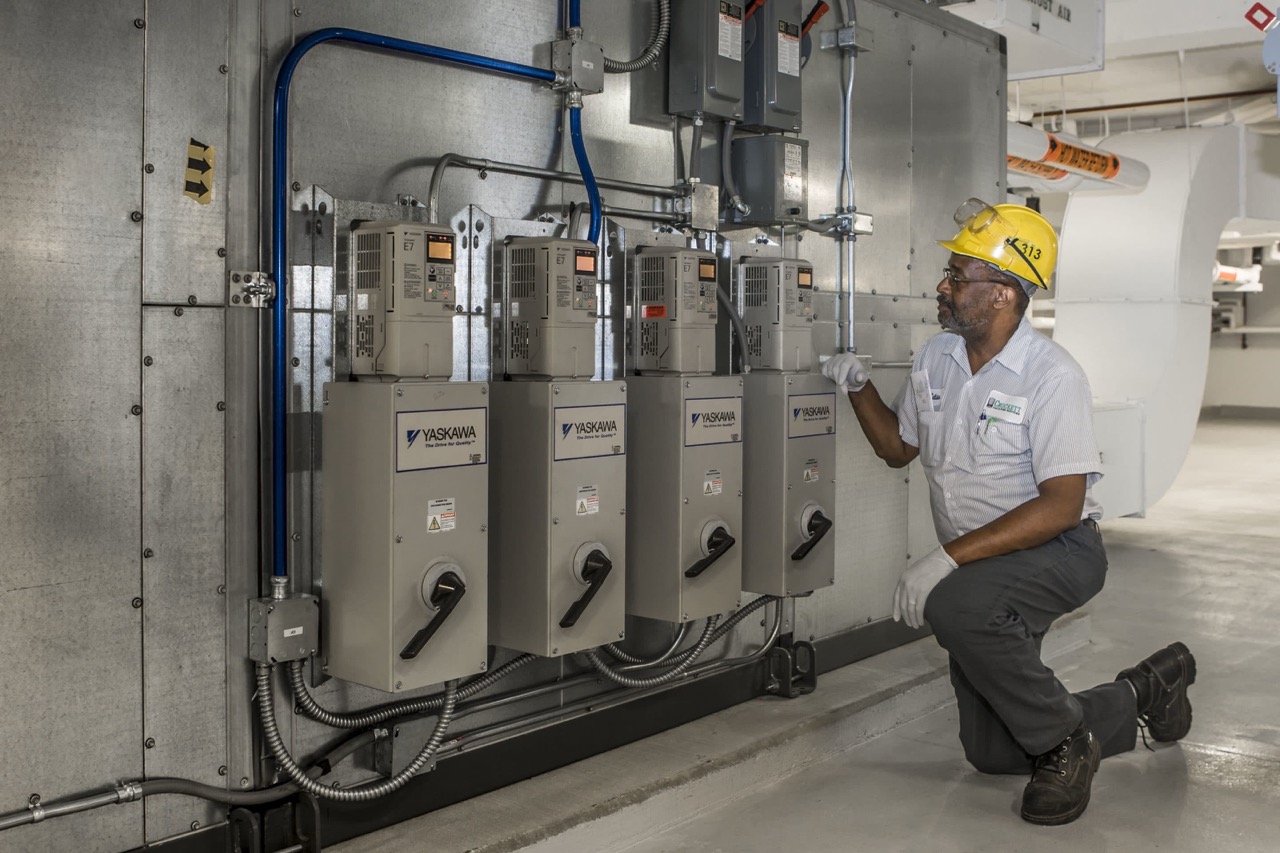
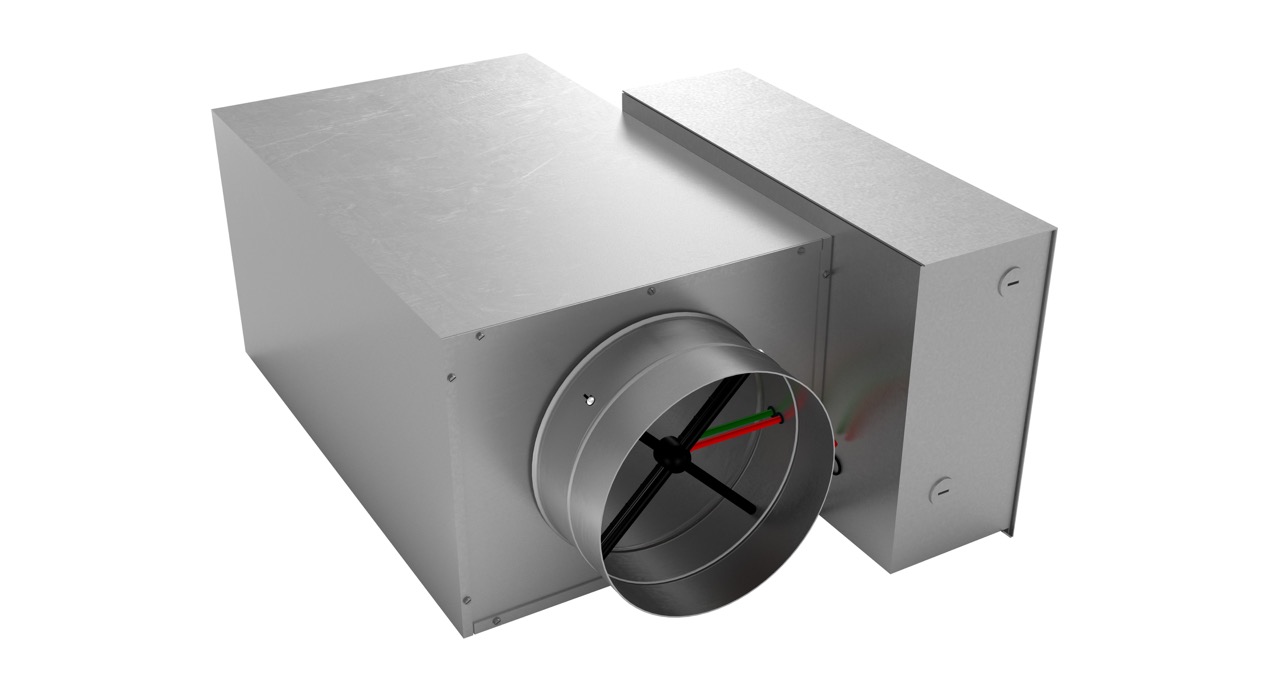

0 thoughts on “What Is HRV Ventilation System”